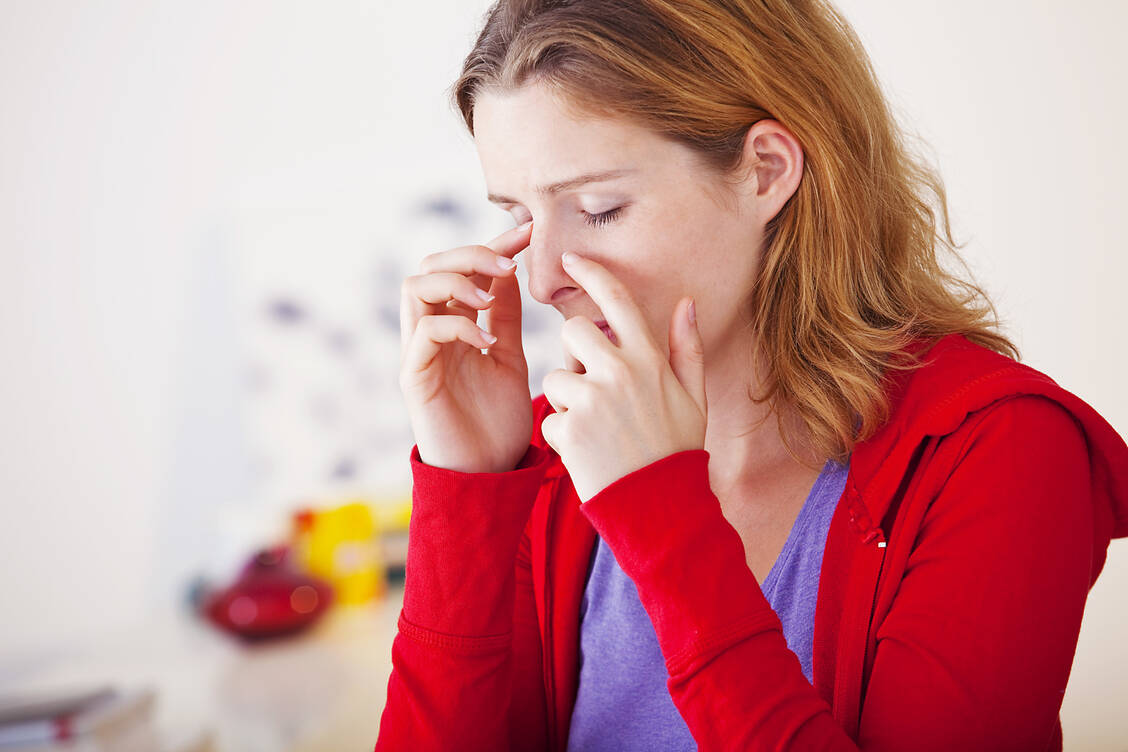In this case, doctors speak of rhinosinusitis, which is characterised by obstructed nasal breathing or the discharge of nasal secretions via the nose or throat. This is often accompanied by pain in the forehead, cheek or upper jaw as well as a feeling of pressure in the face, which increases when bending over. In adults, smelling is also often impaired and in children, rhinosinusitis is often accompanied by a cough. On average, adults suffer from acute rhinosinusitis two to five times a year. In children, up to ten cases are considered normal. In the majority of cases, acute rhinosinusitis is triggered by viruses and usually heals within ten days with or without medication. If this does not happen or if the symptoms worsen during the course of the disease, this indicates post-viral acute rhinosinusitis. Bacteria are rarely at work. If so, this usually manifests itself in severe pain in the sinus and frontal sinus area, a strong feeling of illness and a fever above 38 °C, in adults also slightly below this. Greenish nasal discharge is not clear evidence of a bacterial infection.







